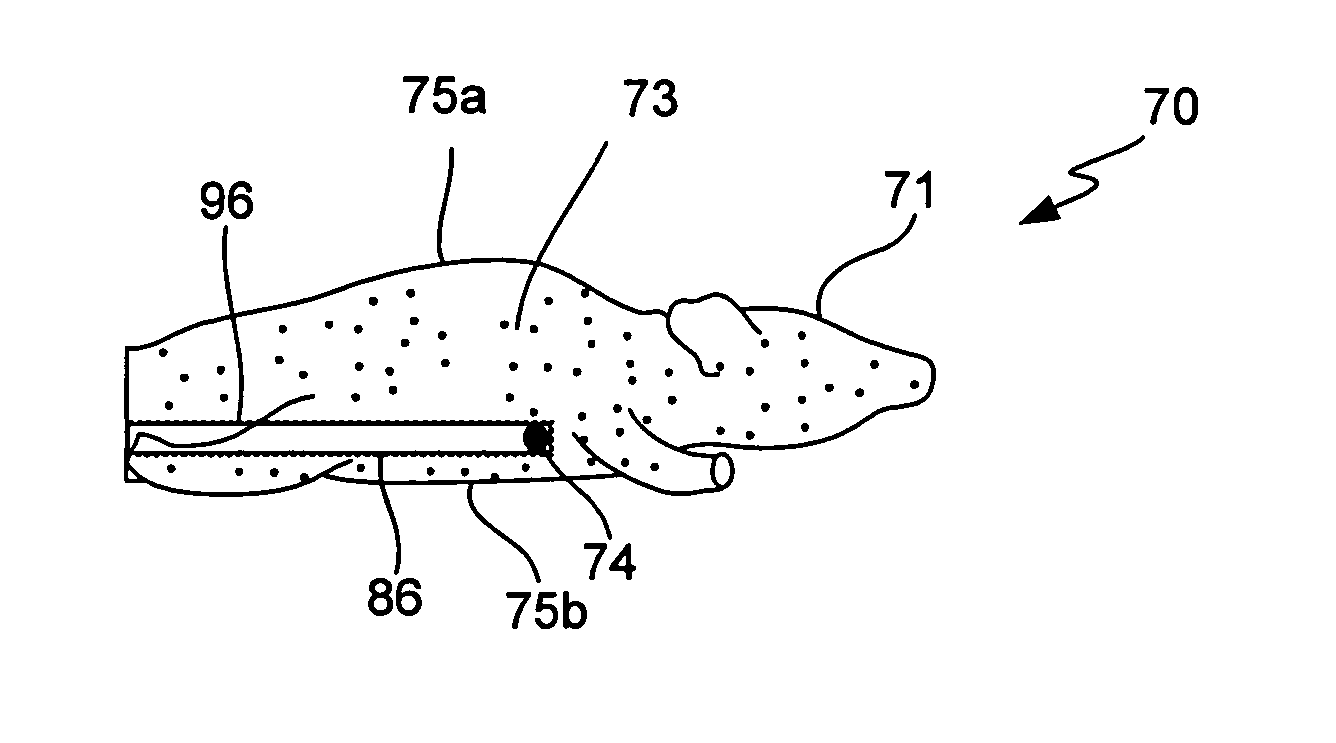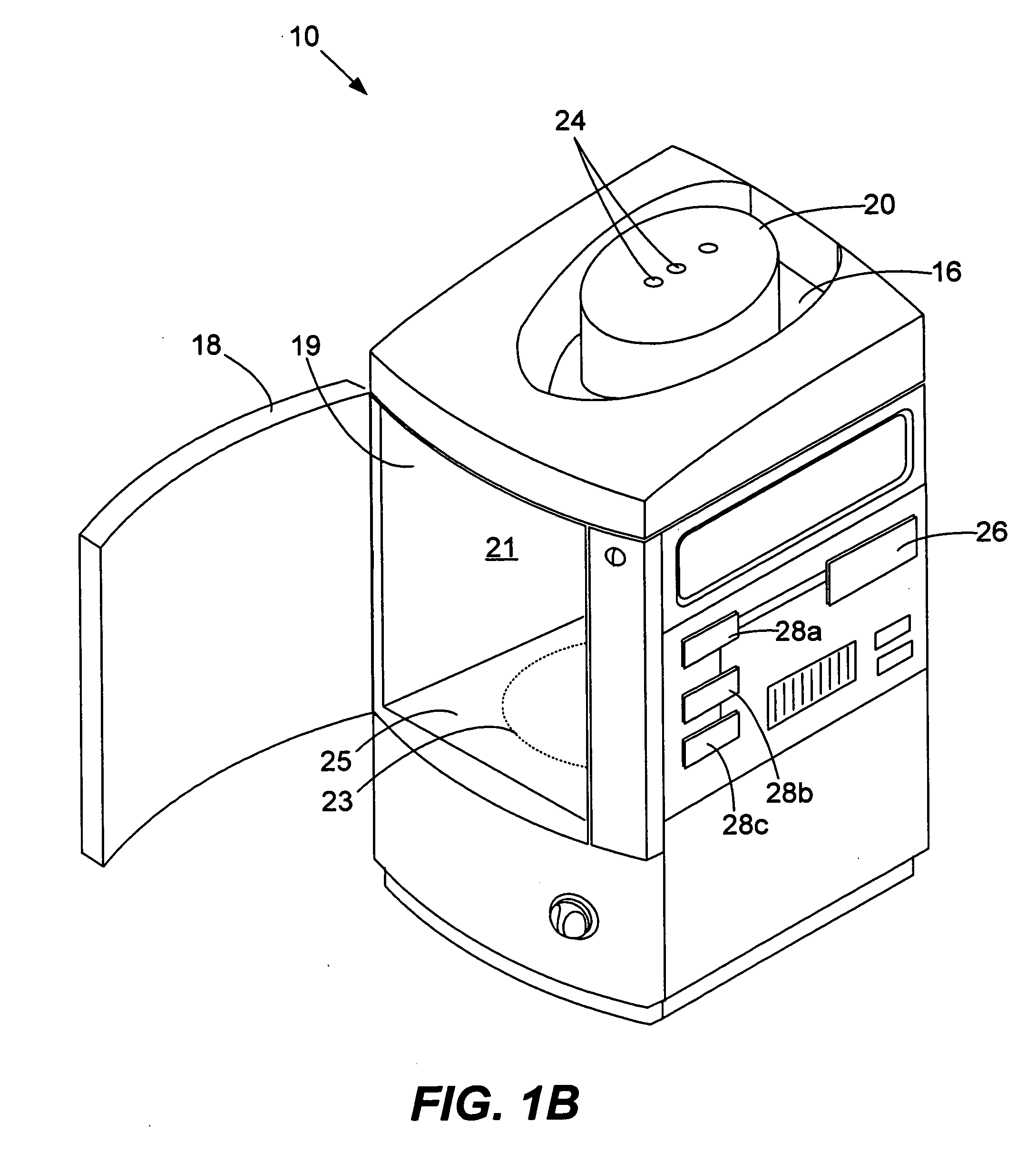Phantom calibration device for low level light imaging systems
a technology of light imaging and calibration device, which is applied in the direction of optical radiation measurement, diagnostics using spectroscopy, instruments, etc., can solve the problems of complex instrumentation, living mammals are not ideal subjects for software development, software testing, personnel training, etc., and achieve the effect of simplifying usage, testing and developmen
- Summary
- Abstract
- Description
- Claims
- Application Information
AI Technical Summary
Benefits of technology
Problems solved by technology
Method used
Image
Examples
Embodiment Construction
[0022] In the following detailed description of the present invention, numerous specific embodiments are set forth in order to provide a thorough understanding of the invention. However, as will be apparent to those skilled in the art, the present invention may be practiced without these specific details or by using alternate elements or processes. In other instances well known processes, components, and designs have not been described in detail so as not to unnecessarily obscure aspects of the present invention.
[0023] The present invention relates to tissue phantom devices for use in an imaging system that captures an image of a low intensity light source. Tissue phantoms are inanimate devices that simulate the diffusion of photons through mammalian tissue. When imaged, a light source within the tissue phantom device often causes the device—or portions thereof—to glow or emit light from a surface, hence the term ‘phantom’. As the term is used herein, ‘test device’, ‘phantom device...
PUM
| Property | Measurement | Unit |
|---|---|---|
| wavelengths | aaaaa | aaaaa |
| height | aaaaa | aaaaa |
| height | aaaaa | aaaaa |
Abstract
Description
Claims
Application Information
 Login to View More
Login to View More - R&D
- Intellectual Property
- Life Sciences
- Materials
- Tech Scout
- Unparalleled Data Quality
- Higher Quality Content
- 60% Fewer Hallucinations
Browse by: Latest US Patents, China's latest patents, Technical Efficacy Thesaurus, Application Domain, Technology Topic, Popular Technical Reports.
© 2025 PatSnap. All rights reserved.Legal|Privacy policy|Modern Slavery Act Transparency Statement|Sitemap|About US| Contact US: help@patsnap.com



